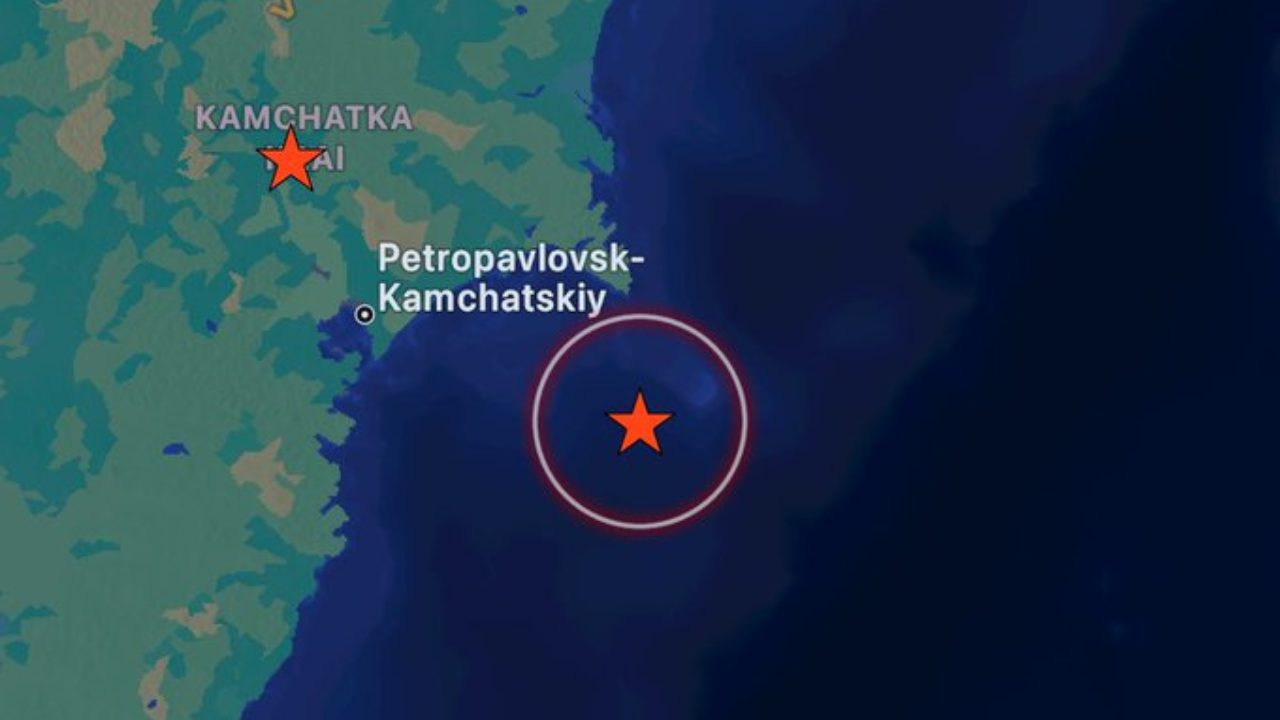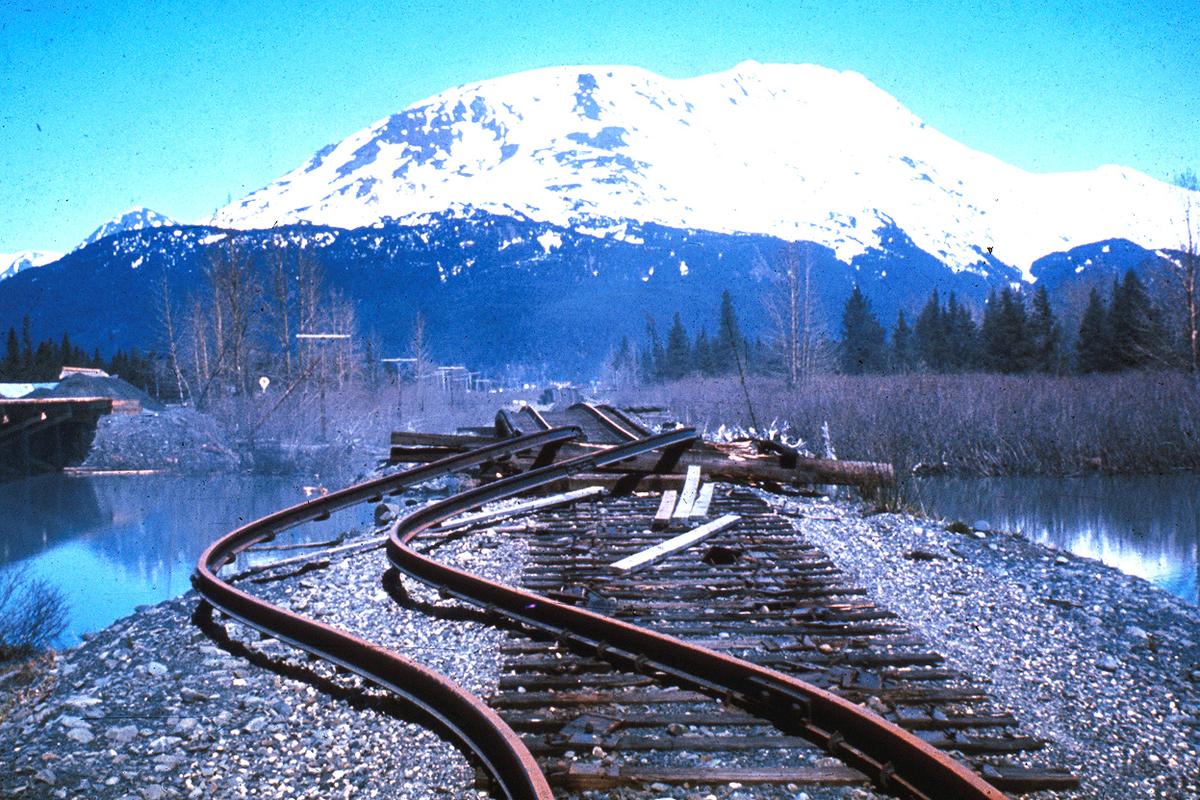Humanity has always been vulnerable to natural disasters. Earthquakes, in particular, can cause significant destruction and casualties. To assess their intensity, the Richter scale was previously used, which evaluated the energy of earth tremors from 1 to 9. However, now there is a different, international system of classification of seismic activity of the Earth, ranging from 1 to 12 points.
It is important to understand that the most powerful earthquakes do not necessarily become the most destructive. The largest earthquakes of the 21st century are not necessarily record-breakers in terms of destruction and human casualties.
Firstly, their epicenter may be located far from populated areas, including in the World Ocean. Secondly, today, special construction technologies are applied in seismically active regions to increase the resilience of buildings. Thirdly, the timing of the earthquake is important – the most deadly earth crust movements occur at night when people are sleeping in their homes and cannot quickly leave them.
It is also worth considering that it is difficult to determine the magnitude of earthquakes that occurred before the active spread of seismographs. Therefore, disasters that occurred in the 20th and 21st centuries mostly make it into the rating. So, the most powerful earthquakes of the last 100 years.
Earthquake in Japan (Tohoku Earthquake)
It occurred on March 11, 2011. The epicenter was located in the Pacific Ocean, 130 kilometers from the city of Sendai and 373 kilometers from Tokyo. The amplitude of the earthquake was 9 points. As a result of the movements of the earth’s crust, a powerful tsunami was formed, the height of which in some places exceeded 40 meters.
Almost 16,000 people died in total, and another 2,500 residents of Japan are still listed as missing. The damage from that catastrophe is estimated at approximately 309 billion dollars.
Earlier in Japan, there were already many severe earthquakes, for example, in 1923, about 143,000 people died. Therefore, the country has a system of earthquake warning. Thanks to it, the residents of Tokyo were warned of the danger via television about a minute before the first shocks. As a result, the country managed to avoid even greater casualties.
However, the wise Japanese did not anticipate everything. The earthquake spawned a powerful tsunami 15 meters high, which crashed into the Fukushima nuclear power plant, located on the very coast. The complex withstood the earthquake, but was not prepared for the tsunami. As a result of the partial destruction of the complex, explosions occurred at three power units of the station.
The scale of environmental contamination is estimated at 10% of the emissions after the Chernobyl accident.
Kamchatka Earthquake
This catastrophe occurred on November 4, 1952, at 5 o’clock in the morning. The amplitude of the earthquake was the same 9 points, so which earthquake, Kamchatka or Japanese, was stronger, is not definitively clarified. The epicenter of the shocks was also located in the Pacific Ocean, 130 kilometers from the Soviet coast, so it did not cause any significant destruction.
However, following the shocks, a tsunami predictably crashed onto the shore. In total, three waves were recorded, each of which was 15-18 meters high.
The main blow was taken by the town of Severo-Kurilsk. In the 6,000-populated settlement, 2,336 people died. The city was completely destroyed, and it had to be rebuilt from scratch. Information about the number of dead and the extent of destruction, as was customary in the USSR, was classified. It became publicly available only in 1992.
Alaska Earthquake

On March 27, 1964, at 5:36 p.m., the most powerful earthquake in the history of North America occurred in Alaska. Its epicenter was in the Alaska Gulf, 120 kilometers from the city of Anchorage. Interestingly, the disaster happened on Good Friday. Only 9 people died directly from the shocks. 122 residents died from the tsunami impact.
The small number of victims is explained not only by the small population of Alaska but also by the fact that at that time there were holidays in the USA, so many residents of Anchorage were in other places. However, the tsunami was so strong that its remnants were even recorded off the coast of Antarctica.
Indian Ocean Earthquake
On December 26, 2004, in 160 kilometers west of Sumatra in the waters of the Indian Ocean, the strongest earthquake of the 21st century occurred with a magnitude of 9.3. The main damage was caused by a tsunami wave, which reached even South Africa, which is almost 7,000 kilometers from the epicenter.
The exact number of deaths is unknown, but estimated losses are around 235,000 people. Among the affected were many foreigners from Europe and the USA, as they came to spend their Christmas holidays on the shores of the Indian Ocean.
The shockwave from the earthquake was so strong that it circumnavigated the entire globe. The northern point of Sumatra Island shifted by 36 meters, and many small islands in the Indian Ocean also changed their positions. In some areas, the water destroyed buildings located 4 kilometers from the shore.
After this catastrophe, seismologists decided to establish a tsunami warning system in the Indian Ocean.
Chilean Earthquake
The most powerful earthquake in history is considered the Great Chilean Earthquake, also known as the Valdivia Earthquake. It began on May 22, 1960, at 7:11 pm near the city of Valdivia.
The Richter scale broke its limit, showing 9.5 points. Interestingly, for a long time, this earthquake was considered relatively weak because at that time seismologists measured it as only 8.5. It wasn’t until the 1990s that scientists reevaluated its intensity.
As a result of this disaster, about 5,700 people died. Chile lost 20% of its industry. The cities of Concepción, Osorno, and Puerto Montt were completely destroyed.
The debris of some houses was found three kilometers from their previous location. Due to the earthquake, a tsunami occurred again, which was able to reach even the Japanese islands, where another 150 people died from it.
